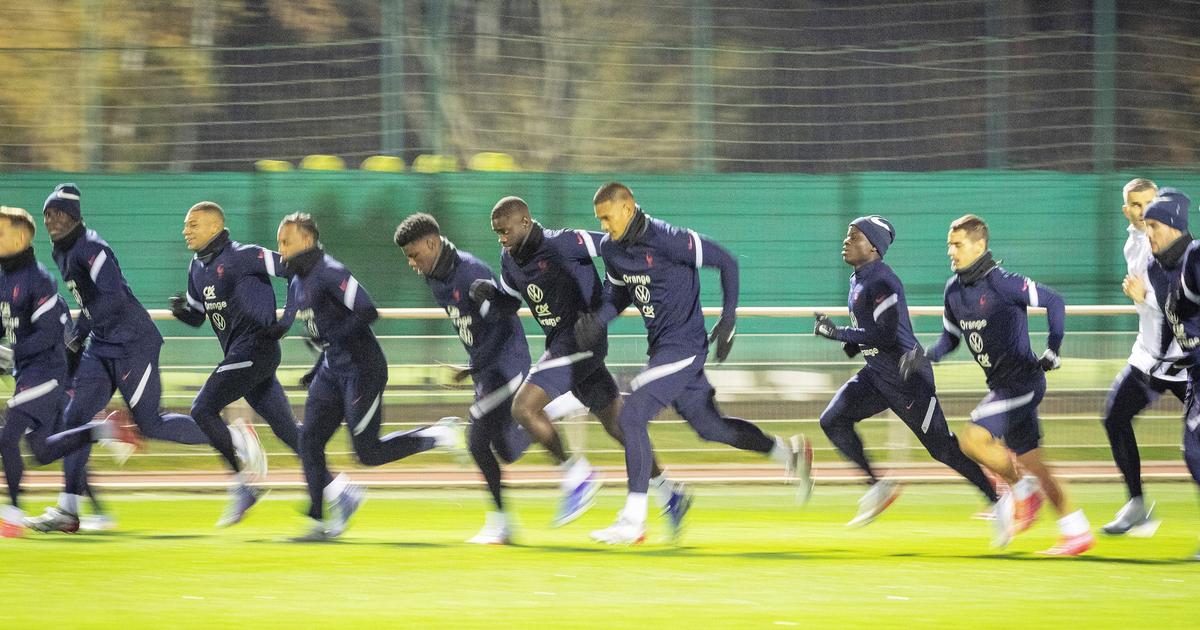The leaders of the right-wing coalition at a rally this weekend.
From left to right: Antonio Tajani (Forza Italia), Giorgia Meloni (Brothers of Italy) and Matteo Salvini (La Liga) .Tenagli Piero / IPA / ABACA / GTRES
Italy is putting the ballot boxes back in the middle of a long pandemic in which it plunged before any other European country.
The next days 20 and 21 will vote in seven regions and it will also be decided in a national referendum if a large cut is applied in the number of parliamentarians in both chambers.
Eight decisive elections to measure the forces of the two blocs that are currently fighting for the ideological and parliamentary hegemony of the country.
But also to gauge the longevity of the government chaired by Giuseppe Conte with the support of the 5 Star Movement (M5S), the Democratic Party (PD) and Italia Viva (Matteo Renzi's party).
The decision is not minor.
In the seven regions (election day will be divided between Sunday and Monday to avoid crowds in schools) it will also be clarified in which hands the administration of a large part of the 200,000 million euros allocated to Italy from the European Recovery Fund will be placed to alleviate the effects of the crisis caused by covid-19.
Beyond the results, the organization of a nationwide election at this time represents a major challenge for the country.
Seven regions at stake.
The regional elections (Liguria, Veneto, Tuscany, Marche, Valle D'Aosta, Campania and Apulia) will provide a valuable still photo of the ongoing political war.
Seven and a half million people are called to the polls.
Currently the self-styled center-right governs in 13 regions and the center-left in six.
An abysmal difference often used by the first bloc to question the legitimacy of the Government.
A disadvantage that everything indicates that it could increase.
The photograph, however, is not as sharp to the right.
Things haven't been going well for Matteo Salvini of late, beset by a drop in popularity and several court scandals.
The polls indicate that he has lost more than ten points since the beginning of the pandemic and that this new electoral date will definitely mark his real possibilities of bringing down the Conte Executive before the end of the legislature in 2023. The leader of the League continues to lead the opposition bloc and the coalition formed by the right-wing parties (Liga, Hermanos de Italia and Forza Italia).
But the problems can also come internally, although it will depend largely on the result.
The threat to the right.
The enormous growth of Giorgia Meloni, the leader of the Brothers of Italy (HI), threatens Salvini's leadership within the coalition.
Roman politics has managed to place two of its trusted men as candidates in two regions: Apulia and Marche.
Both have enormous possibilities of winning a victory that would materialize the growth of the Brothers of Italy and would underline what is beginning to be a stumbling block for the coexistence of the right-wing forces (the polls separate the League and HI by only about six points).
The situation would be even more tense if things were not quite right in one of the regions where the League leader has his pawns: Tuscany.
Salvini's big bet for this region, historically controlled by the left, is the candidate Susanna Ceccardi.
A young woman with an aggressive profile (33 years old), fast in communication and hardened on television and social networks.
A claim for the disenchanted voters of a region always governed by the same acronyms that have been mutating towards the ideological center since regional elections began to be held in Italy in 1971.
Tuscany has notches on its revolver as being the place where the Italian Communist Party (Livorno) was founded almost a century ago.
The polls warn of an extremely even battle that could even be decided in a second round (this is allowed by Tuscan electoral law).
The fall of this region would be a huge hit for the PD, which made it an example of management and good practices, especially during the times when Matteo Renzi held the leadership of the party (he was also mayor of Florence) and served as platform to reach the Presidency of the Council of Ministers.
Nicola Zingaretti, current secretary general of the social democratic formation, will be obliged to consider his continuity at the head of the formation if the result is negative and the Government would be very touched by a map of Italy practically covered by the initials of the opposition parties.
A boomerang in Veneto. Salvini also begins to have some enemies within his own party and one of the victories, the one that is most assured, may represent a poisoned gift.
Luca Zaia, governor of Veneto, is one step away from achieving a historic result in the region that he has presided over for eight years.
Representative of the essences of the old Northern League, he has reaped enormous success in his management, especially facing the months of the pandemic.
The division is already public.
Even henchmen like his former chief of staff, Giancarlo Giorgetti.
Many in the party, although no one dares to express it in public, see Zaia as the ideal replacement for a Salvini in low hours and somewhat far from the bases of the formation in the north.
"Unless he wins victory in Tuscany, the rest of the joys in other regions can become a boomerang for him," explains political scientist Roberto D'Alimonte.
A victory with more than 70% of the votes, as the polls predict, would reinforce the idea in the party that Zaia, a man far removed from Salvini's way of doing politics, would be a perfect option to regain ground lost in the last months.
Without getting off the coach.
Beyond Veneto, other regions seem already decided in advance.
The Marches, currently chaired by the Social Democrat Luca Ceriscioli, will in all probability pass into the hands of the candidate of the post-fascist right of the Brothers of Italy, Francesco Acquaroli.
Quite a victory for Giorgia Meloni.
Further south, Campania, the region that embraces Naples, will continue to be governed by the eccentric Vincenzo De Luca, an independent linked to the center-left.
The game, in short, will be decided in the only two regions in real dispute: Apulia and Tuscany.
The consultation, a political banner of the 5 Star Movement
On the same days that the new government of seven Italian regions will be elected, citizens of the entire country will also have to pronounce on a possible cut in the number of parliamentarians.
The initiative, one of the political flags of the M5S, represents a constitutional modification that theoretically would allow to reduce the expenses of the two chambers and increase control over the representatives.
Many constitutionalists point out that the suppression of a third of the parliamentarians represents a first step towards the end of perfect bicameralism - which makes decision-making so difficult in Italy - because in reality it would hide the will to reduce powers little by little to the Senate, something which Renzi tried unsuccessfully before his downfall.
To date, the yes victory was taken for granted in the polls.
Limiting spending and ending the alleged privileges granted by the chambers did not arouse debate.
But in recent days the same polls have warned of a notable increase in citizens who prefer to maintain the number of current parliamentarians because they consider that it will not entail any savings and, above all, because they do not want to grant that victory to the M5S.
As happened in 2017 when Renzi had to resign, the vote has once again become an opportunity for citizens to express their disagreement with other issues beyond what the ballot papers indicate.The reform plans to reduce the seats in the Chamber of Deputies from 630 to 400. And in the Senate from 315 to 200. Today there is one deputy for every 96,000 inhabitants and one senator for every 188,000.
With the reform, this representation would be reduced, but Italy would remain in the European average.







